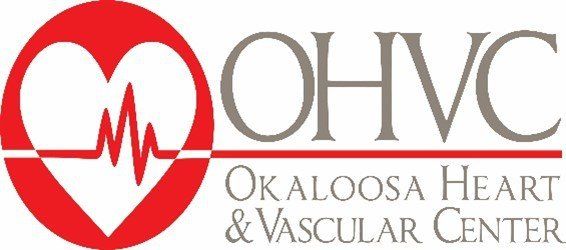Cardiac Electrophysiology Procedures
PERIPHERAL AND ENDOVASCULAR CAROTID ANGIOGRAM AND STENTS
A carotid angiogram and stent procedure is used to diagnose and treat blockages in the carotid arteries, which are the major blood vessels supplying oxygen to the brain. This procedure involves inserting a catheter into the arteries and using X-ray imaging to guide it to the site of the blockage. Once identified, a stent is deployed to widen the artery and improve blood flow, reducing the risk of stroke. Common causes requiring this procedure include atherosclerosis, where plaque builds up in the arteries, and carotid artery stenosis, which narrows the arteries. The treatment typically takes a few hours and requires a short hospital stay.
PERIPHERAL STENTS IN LEG VASCULATURE
A peripheral angiogram is a test that uses X-rays and dye to help your doctor find narrowed or blocked areas in one or more of the arteries that supply blood. Peripheral stents in leg vasculature are used to treat peripheral artery disease (PAD), a condition where the arteries in the legs become narrowed or blocked by plaque, leading to reduced blood flow. This can cause symptoms such as leg pain, cramping, and in severe cases, tissue damage. The procedure involves inserting a catheter into the affected artery and deploying a stent to keep the artery open and restore blood flow. The process usually takes 1 to 2 hours and may require a brief hospital stay for monitoring.
ANEURYSM REPAIR
Aneurysm repair is a surgical procedure to treat an aneurysm, which is a bulge or ballooning in a weakened area of a blood vessel wall. Aneurysms can occur in various parts of the body, including the brain, aorta, and legs. If left untreated, they can rupture, leading to life-threatening bleeding. Traditional aneurysm repair involves open surgery to replace the weakened section of the artery with a graft. The surgery can take several hours and often requires a longer hospital stay for recovery.
ENDOVASCULAR ANEURYSM REPAIR (EVAR) FOR ABDOMINAL AORTIC ANEURYSM
Endovascular aneurysm repair (EVAR) is a minimally invasive procedure used to treat abdominal aortic aneurysms (AAAs), which are bulges in the aorta, the main blood vessel that supplies blood to the body. EVAR involves inserting a stent graft through small incisions in the groin and guiding it to the aneurysm site using X-ray imaging. The stent graft reinforces the weakened area and prevents the aneurysm from rupturing. This procedure typically takes 2 to 3 hours and often results in a shorter hospital stay and quicker recovery compared to open surgery.

